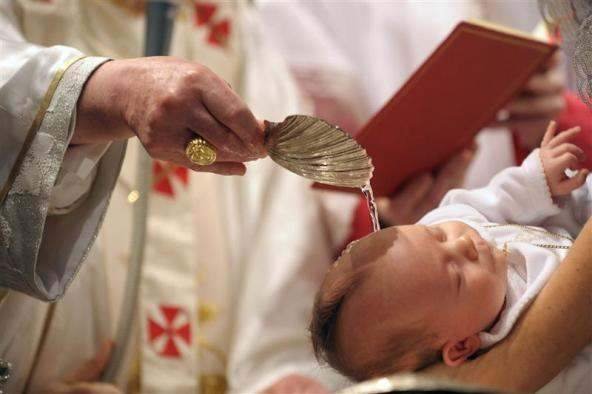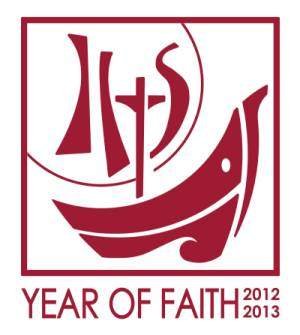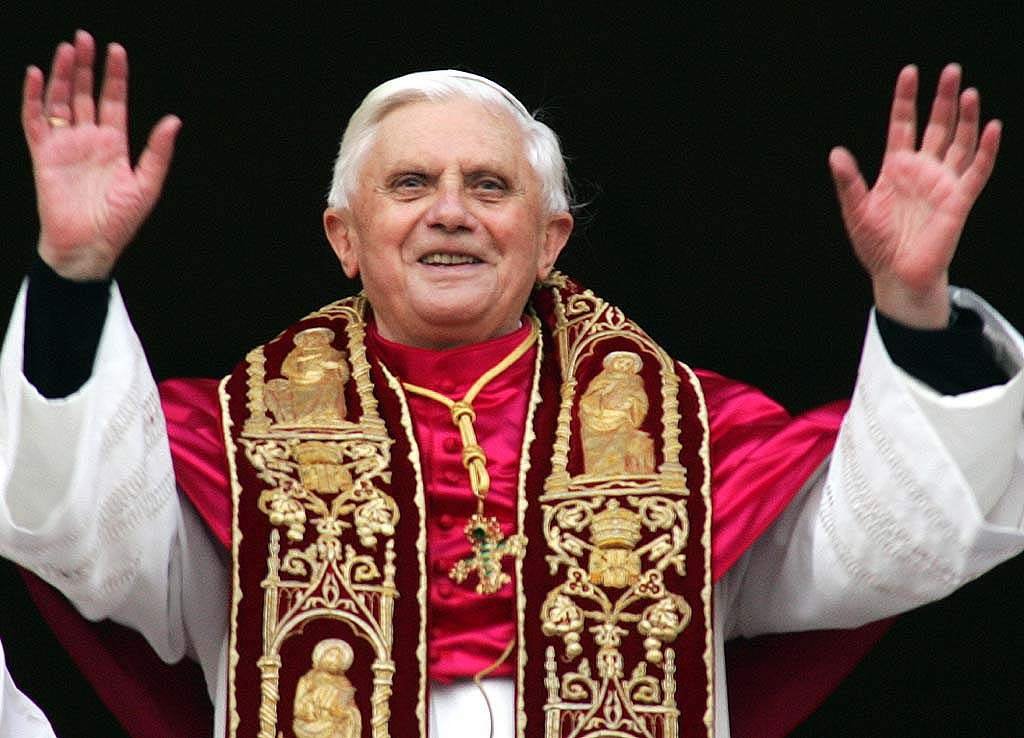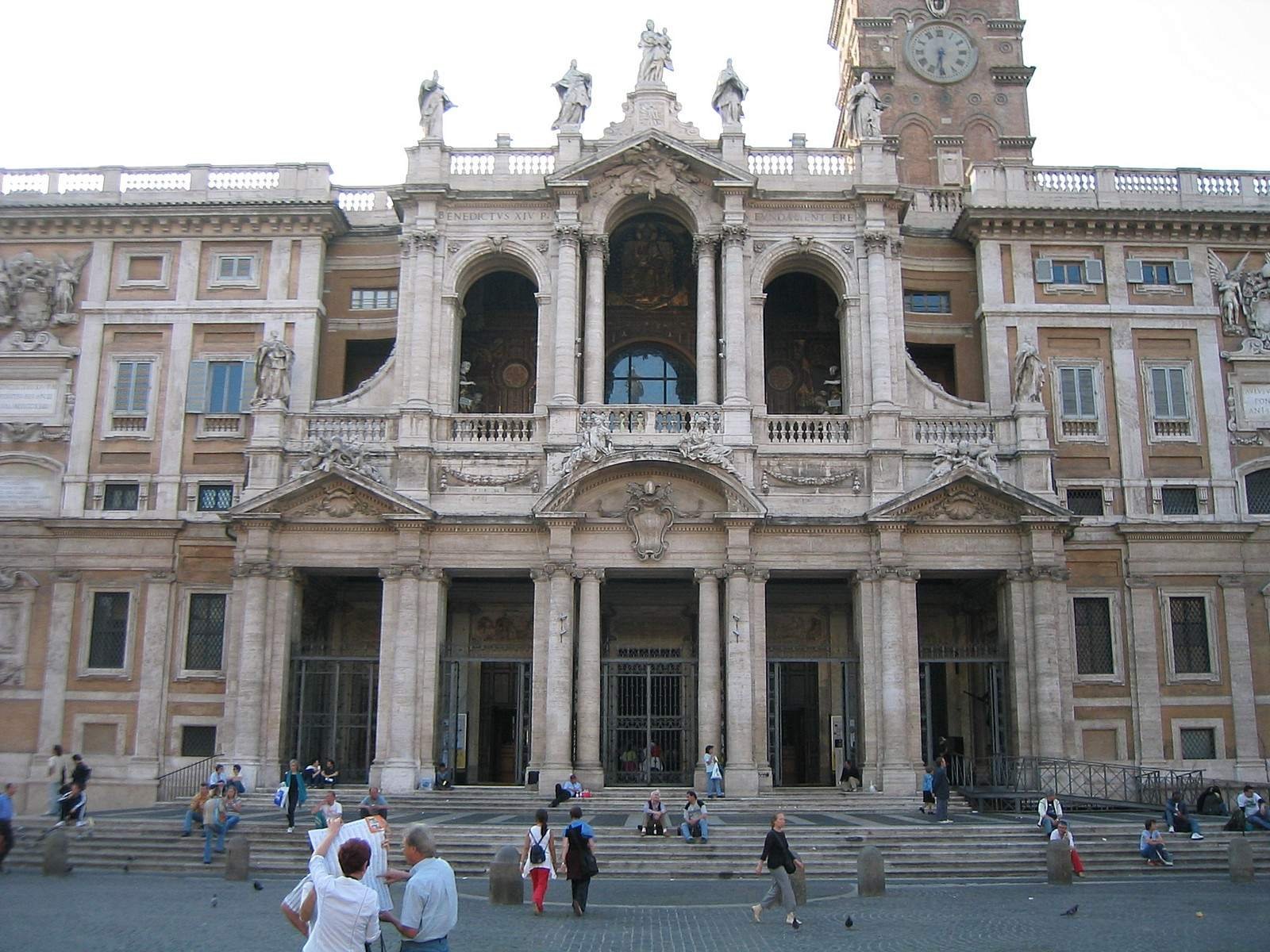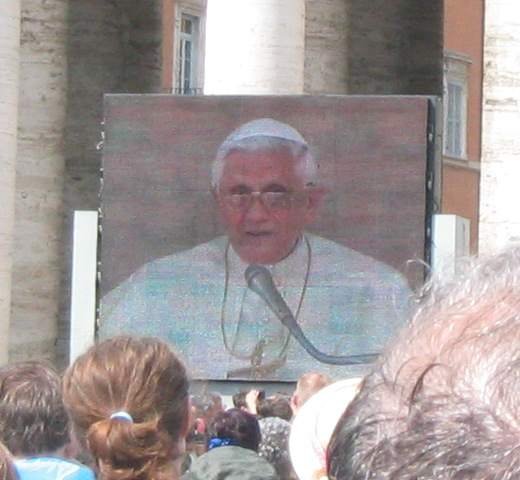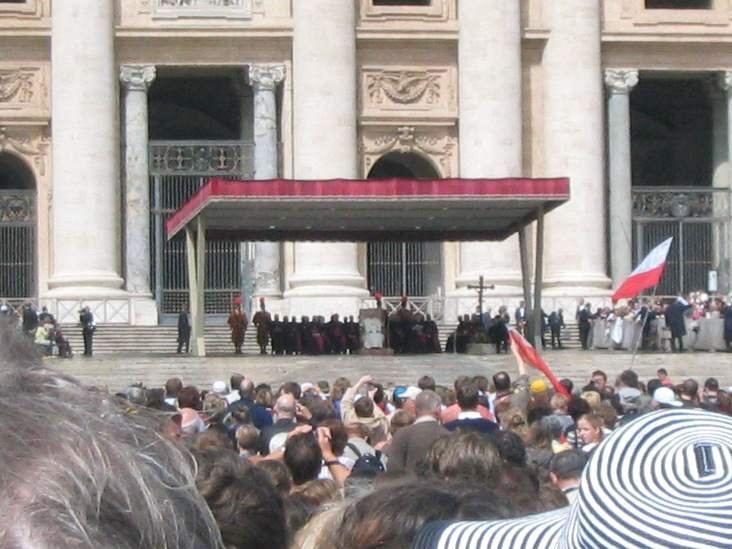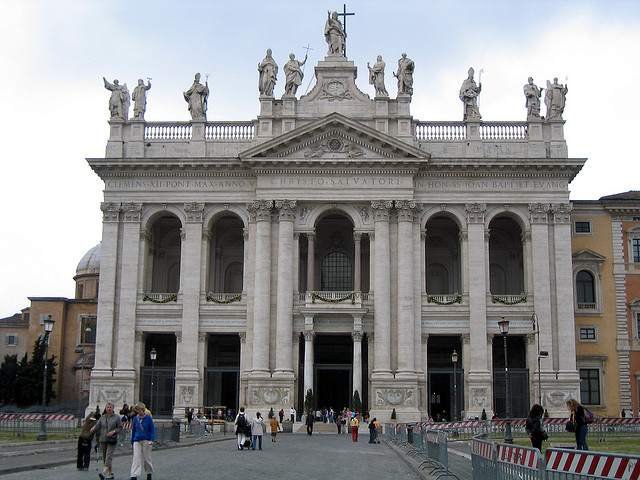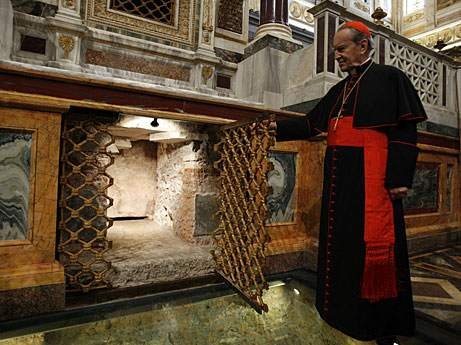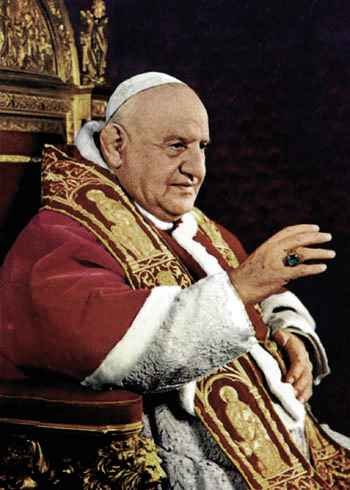
Blessed Pope John XXIII.
Today is the liturgical celebration of Blessed Pope John XXIII (1881-1963, r. 1958-1963). I note that the date of his celebration is not the day of his death, but that of his historic opening of the Second Vatican Council on 11 October 1962. I don’t remember “Good Pope John,” but from all that I’ve read he was indeed a good and beloved man.
As a newcomer to the Church, I don’t know what to make of Vatican II. I feel like I’ve walked into the room in the middle of a conversation. Most of what I hear about Vatican II is filtered through the media from disgruntled Traditionalist Catholics. Lately, I have heard some more mixed criticism among friends at church, and on the one Catholic blog I have been reading regularly (recommended by both Audrey and Brad), New Liturgical Movement.
My basic understanding of the liturgical reforms of Vatican II comes from Dr. G, my undergraduate mentor and doctor in Latin and history, who is not Catholic but Lutheran in background. According to him, Vatican II allowed (or ordered?) the Mass to be celebrated in the vernacular. This, to me, seems a good thing, in encouraging the participation and understanding of the Mass by the lay faithful. It also, I understand, simplified the liturgy of the Mass considerably. Also, according to Dr. G, it required Mass to be celebrated versus populum (toward the people) rather than ad orientem (toward the East), resulting in some awkward and unattractive arrangements in the grand churches of Rome — tables set up in front of the altars, since the altars themselves were built for ad orientem. This prescription, apparently, is a part of the 1970 Roman Missal, rather than Vatican II proper. (The 1970 Missal must be what I’ve seen referred to by an author on NLM as “the great mistake of 1970.”) Personally, I like the versus populum Mass, but also respect and value ad orientem, especially in the grand old churches. Father Joe celebrates the evening Sunday Mass ad orientem; this was the first time I’d ever seen an ad orientem Mass, or even realized that it was still allowed. Is my understanding of the changes correct? What is it that has Traditionalists so upset?
NLM ran a piece the other day that provoked a lot of thought about this for me, an interview with Dr. Alcuin Reid entitled “The Council, Organic Development, Rupture, and Continuity.” This introduced me to some of topics of the ongoing debate, especially the idea of whether Vatican II represents continuity or rupture with tradition, in terms of liturgical development:
3. Continuity or Rupture? Could one say that “traditionalist” Catholics agree with the thesis of a rupture?
I am not a “traditionalist”. I am a Catholic. I am also a liturgical historian. As the latter I can say that there is evidence that those responsible for the reform intended rupture – ritual and also theological. They did not want what was handed on in tradition. They did not want to develop that. They wanted something new, something that would reflect ‘modern man’ in the 1960’s and what they thought he needed.
This is an historical reality, not an ecclesio-political position. Liturgists from ‘both sides’ agree that the reform was radical and a rupture. As a Catholic I regard this as a significant problem, because it is unprecedented in liturgical history and it is not what the Council, out of respect for liturgical tradition, called for.
This troubles me. Certainly, one of my primary affinities for the Catholic Church is the sense that it represents liturgical and theological continuity. Has there been a rupture? More important, can it be repaired? I have gotten the sense that the present pope, Benedict XVI, has been working, cautiously but deliberately, to return the Church to her traditions, to recover what may have been lost at Vatican II. Am I right in this understanding?
I have been trying to do some research — which has been difficult, since views on this controversy are so wide-ranging, from Traditionalists to Liberals, and I don’t know who to listen to. I trust, on its face, NLM, based on the recommendations of my friends, and on my agreement so far with the views and attitudes it has espoused. I trust, perhaps naïvely, Wikipedia, on the belief that on such controversial subjects, the Wikipedians do well to police themselves and find a middle ground.

Pope Benedict XVI.
I trust the pope. The more I read of Benedict’s writings, the more I admire him and am glad for a Holy Father of such deep intelligence and erudition, and of such thoroughgoing conservatism and commitment to the faith of the Church. In his 2005 Christmas address to the Roman Curia, he spoke of how to interpret Vatican II, in either a “hermeneutic of continuity” or a “hermeneutic of rupture.” He explained the reasons for the council, its challenges and issues, and its outcomes:
The Second Vatican Council, with its new definition of the relationship between the faith of the Church and certain essential elements of modern thought, has reviewed or even corrected certain historical decisions, but in this apparent discontinuity it has actually preserved and deepened her inmost nature and true identity.
The Church, both before and after the Council, was and is the same Church, one, holy, catholic and apostolic, journeying on through time; she continues “her pilgrimage amid the persecutions of the world and the consolations of God”, proclaiming the death of the Lord until he comes. . . .
This dialogue must now be developed with great openmindedness but also with that clear discernment that the world rightly expects of us in this very moment. Thus, today we can look with gratitude at the Second Vatican Council: if we interpret and implement it guided by a right hermeneutic, it can be and can become increasingly powerful for the ever necessary renewal of the Church.
Is the new English translation of the Roman Missal a part of that continuing renewal? I have read some critics of the changes, calling them awkward or even promoting theological confusion, but others, such as the writers on NLM, have praised them for their accuracy and dignity.
If my understanding is correct — if Pope Benedict, and other forces within the Church, are working to restore the continuity and dignity of our liturgy, where it may have been compromised — then this is an exciting time to be entering the Church. I look forward to the full transition to the new Missal in a few weeks. I also look forward to Brad’s and Father Joe’s take on Vatican II when it is taught in RCIA. The Church moves at a glacial pace; but I pray that it is moving in the right direction.
Update: See my follow-up to this post, after getting some answers: “Semper reformanda: The Continuity of Vatican II with Catholic Tradition.”

